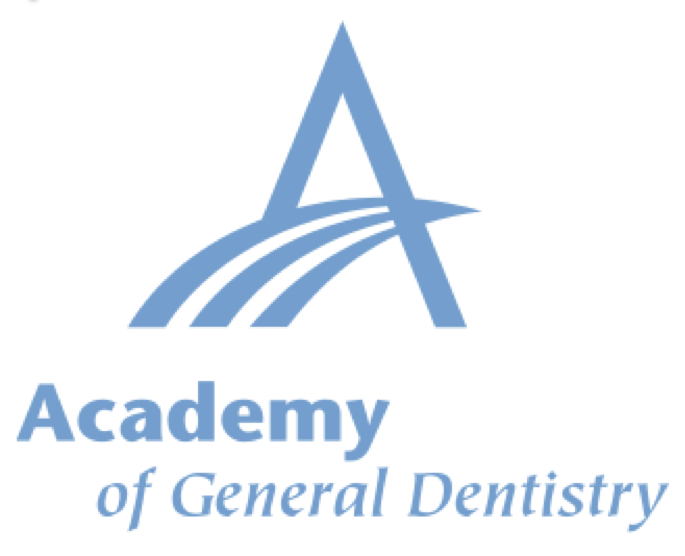 Braces are the most efficient and accurate way of moving teeth. Braces (bands, brackets and wires) are usually made of stainless steel although clear brackets are available. Braces remain on the teeth for the entire duration of treatment. Patients then need to come in approximately every 4-8 weeks for adjustments, wire changes, etc.
Braces are the most efficient and accurate way of moving teeth. Braces (bands, brackets and wires) are usually made of stainless steel although clear brackets are available. Braces remain on the teeth for the entire duration of treatment. Patients then need to come in approximately every 4-8 weeks for adjustments, wire changes, etc.
Conventional braces have been considered the standard for many years among patients wanting to straighten their teeth and improve their smile. Modern braces which bond to your teeth are made from extremely strong metals to ensure their durability.
Your teeth might be crooked, or your upper and lower jaw might not be the same size. If your upper jaw is bigger than your lower jaw, that’s called an overbite. If your lower jaw is bigger than your upper jaw, you have an under bite. Malocclusion is just a word that dentists use to describe the shape of your mouth.
Your dentist might notice one of these problems during a regular visit and schedule a visit for an orthodontic consult. If the orthodontics cannot be completed at our office, a consult with an orthodontist may be recommended. Braces are applied to teeth for various reasons, including poorly aligned jaws, crooked, crowded and missing teeth or a bad bite.
Conventional braces have been considered the standard for many years among patients wanting to straighten their teeth and improve their smile. Modern braces which bond to your teeth are made from extremely strong metals to ensure their durability.
While normally metallic colored, different bands and features can be used to adorn today’s braces. Colored braces are popular with the children. The clear orthodontic appliances are a series of removable clear trays designed to straighten your teeth. They are most appropriate for cases that require minimal alignment or for adults who have slight relapse after having had braces earlier in life.
Removable appliances may also be used to guide teeth to their correct position. Most often they are used to retain the teeth once they are in their correct position. Sometimes, orthodontic treatment is necessary for children who have a mixture of permanent and deciduous (baby) teeth.
Other reasons for treatment include correcting a thumb sucking habit, correcting an abnormal swallowing pattern or gaining space for permanent teeth. The advantage of early treatment is the correction of a problem that may be more difficult to treat later in life.




